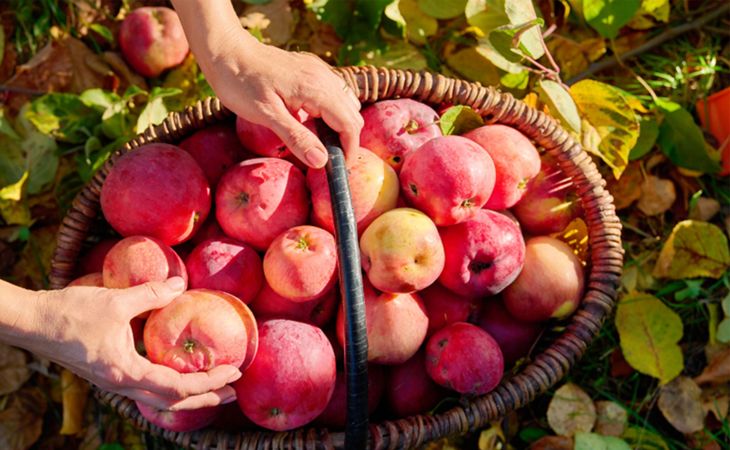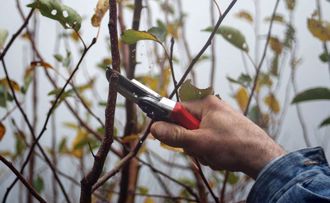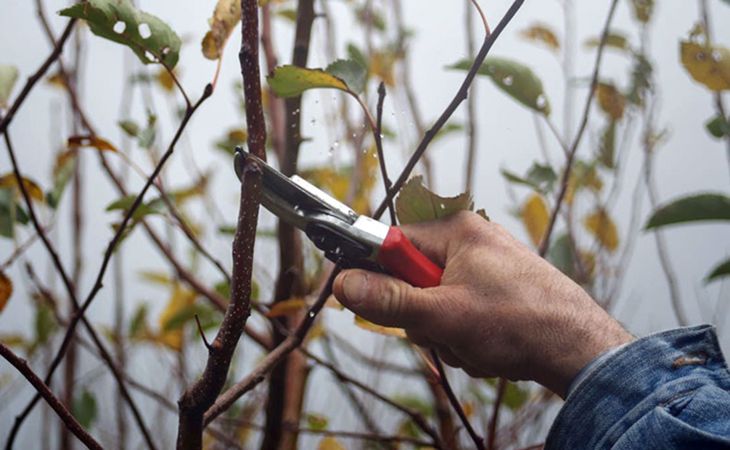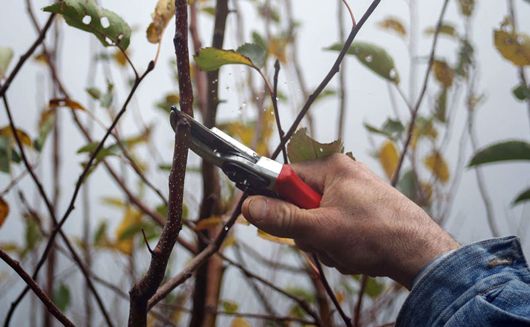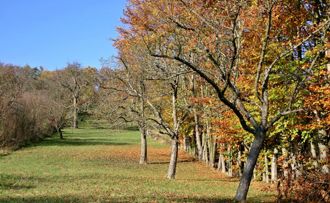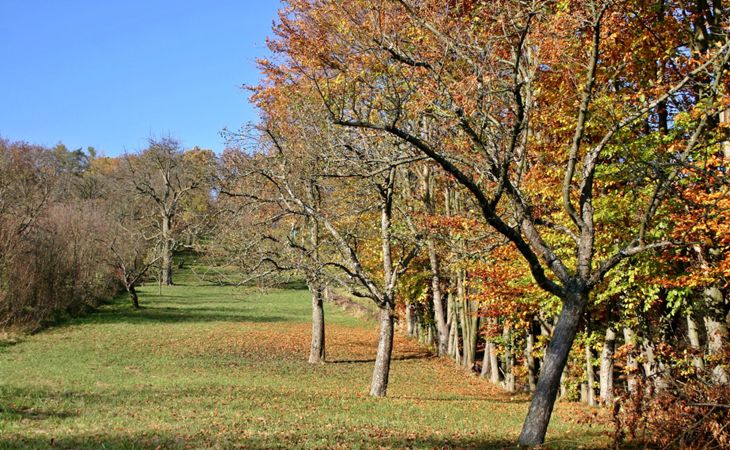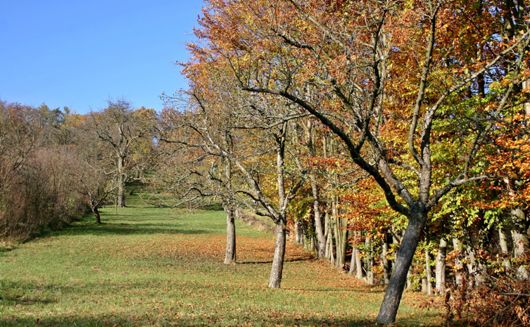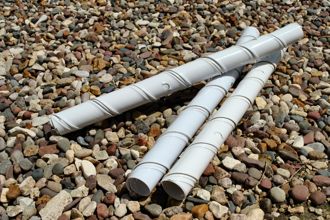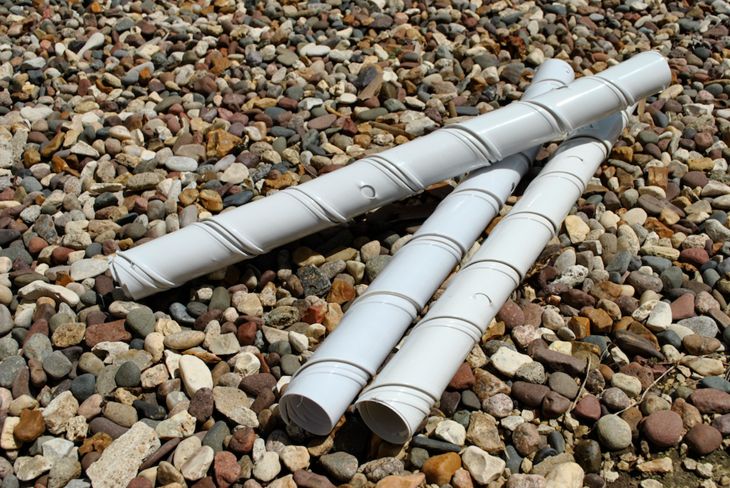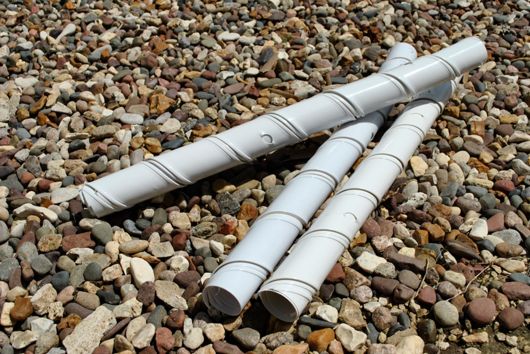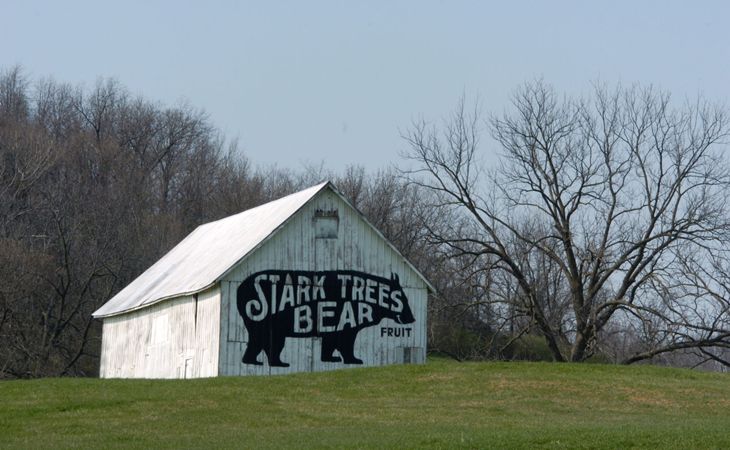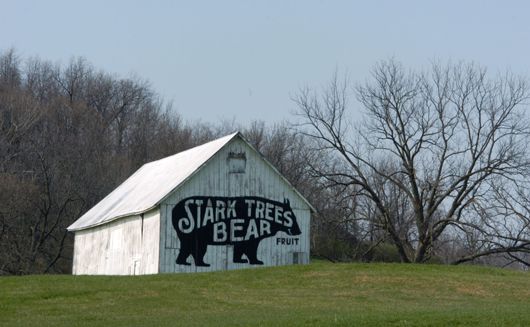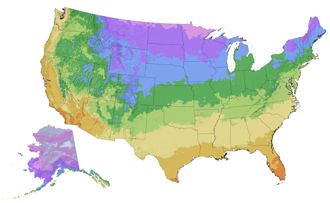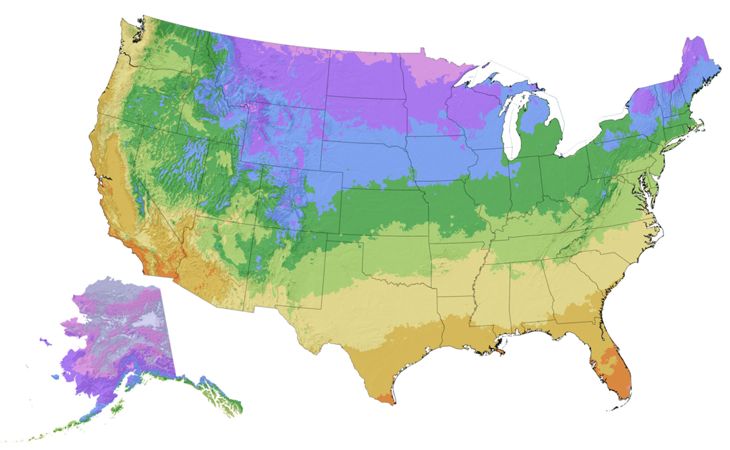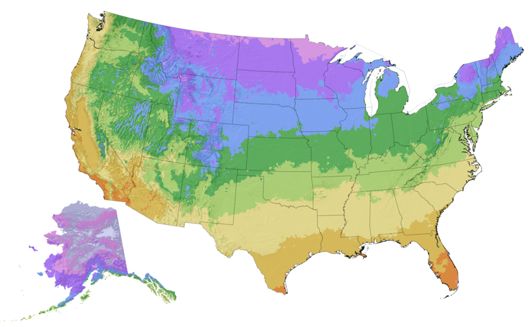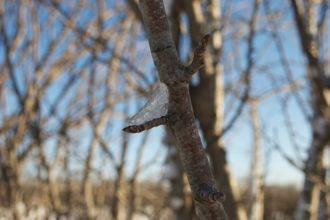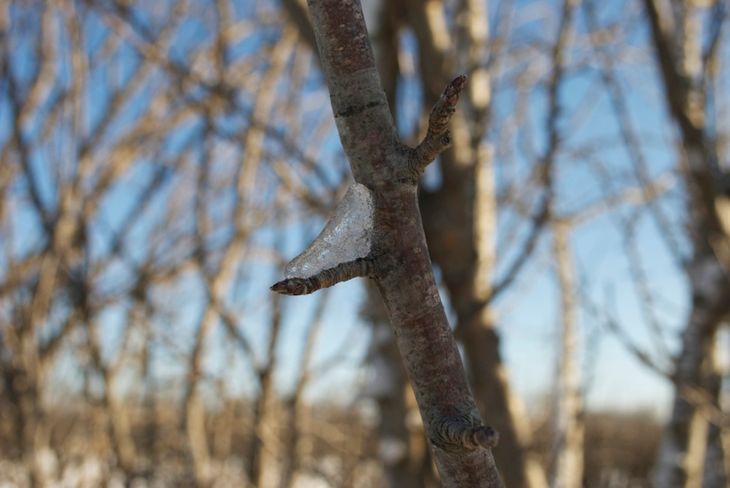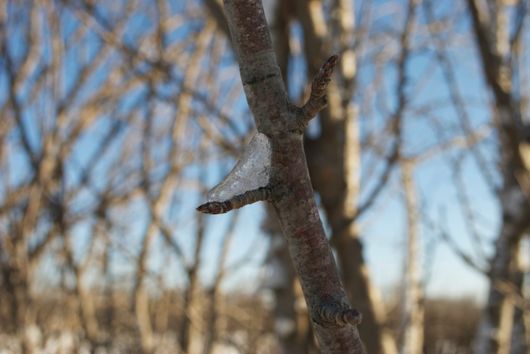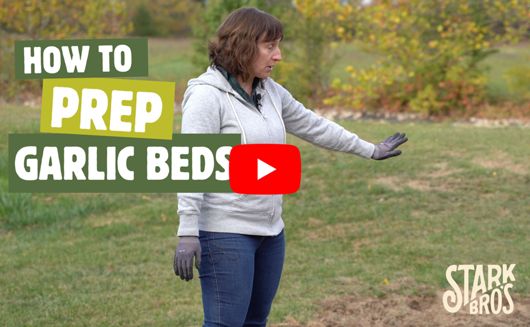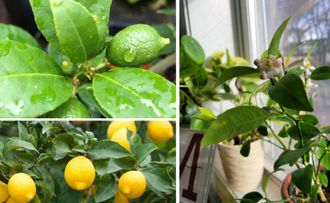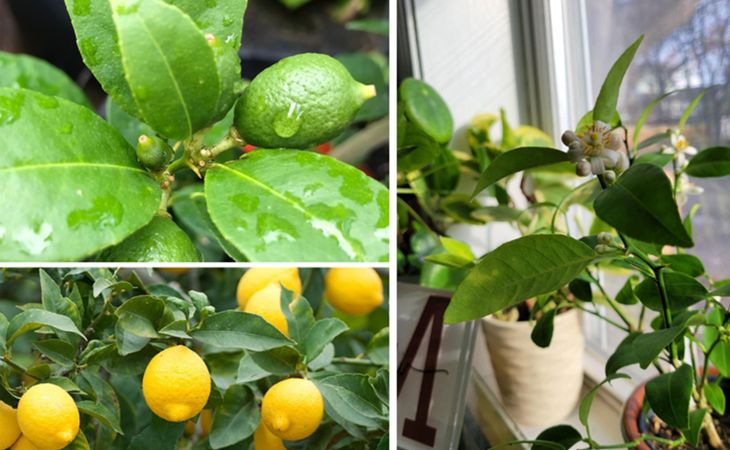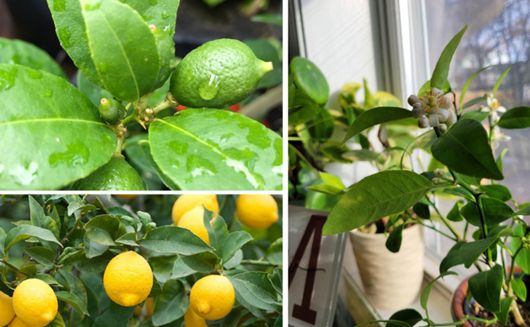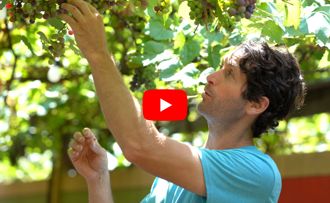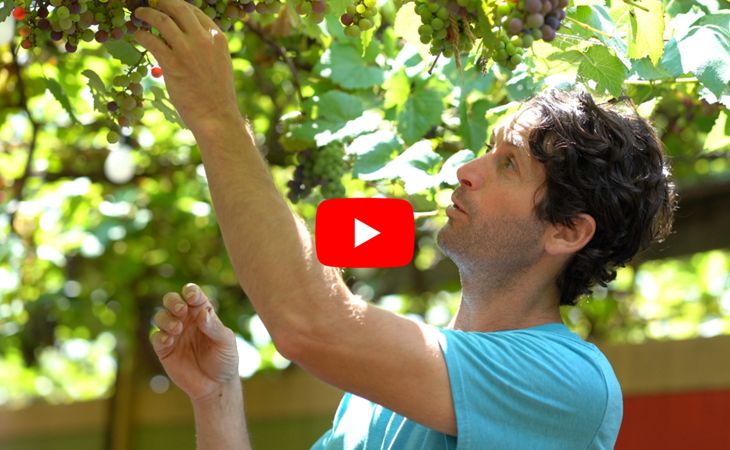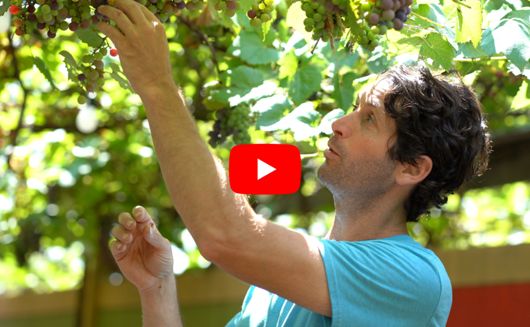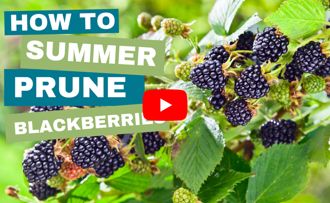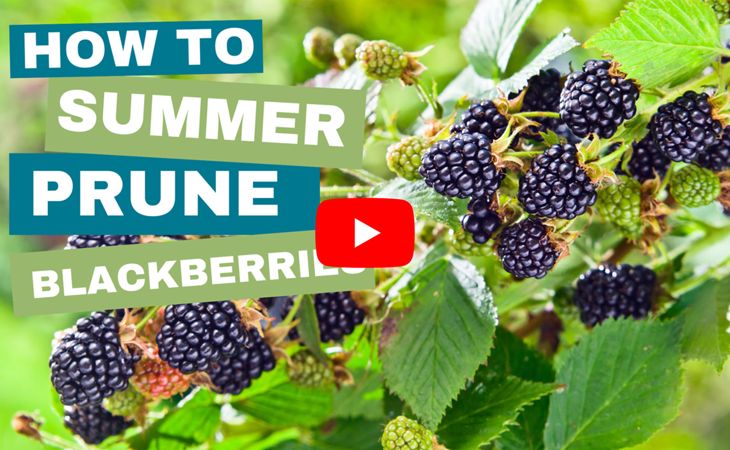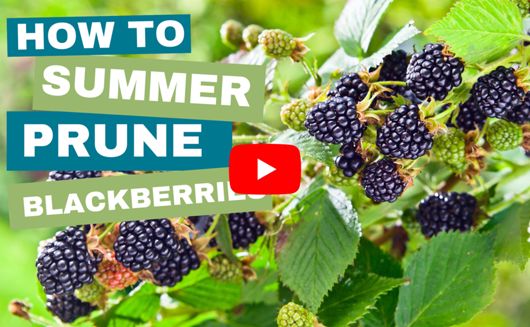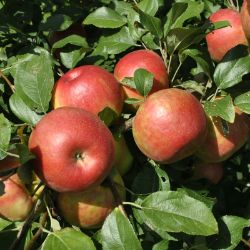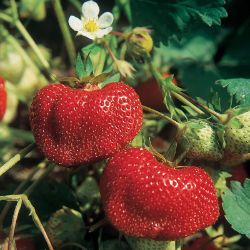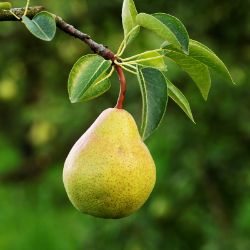Preparing Your Garden for a Successful Fall and Winter
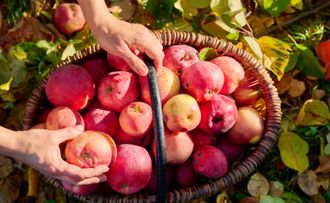
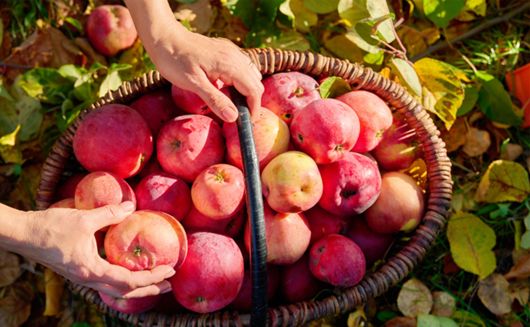
1. Clean Up and Maintenance
Start by clearing away any dead leaves, fallen fruit, weeds, and other debris around your plants. This reduces the risk of pests and diseases overwintering in your garden. Be cautious with pruning—remove only dead or damaged branches, as heavy pruning can encourage new growth that won’t harden off before winter. Keeping things tidy now helps prevent issues down the line.
2. Fall Planting Preparation
If you’re planning to add new fruit trees or berry plants, fall is a great time to do so. Cooler weather and moist soil help roots establish before winter, giving them a strong start for spring. Raised beds are also ideal for fall planting, as they stay loose and require minimal tilling. Be sure to mulch after planting to retain moisture and protect the roots.

3. Add Compost and Mulch
Enrich the soil around your plants by adding a layer of compost, which helps replenish nutrients after a long growing season. Once the compost is in place, add mulch around the base of trees and berry plants to insulate the roots, retain moisture, and suppress weeds. This combination will keep your plants healthy and protected throughout the winter.
4. Water Deeply
If rainfall is lacking, give your fruit trees and berry plants a thorough, deep watering before the first frost hits. Hydrated roots are better equipped to handle cold temperatures, and watering deeply now ensures plants and trees are prepared for the dormant season.
5. Final Check for Pests
Inspect your trees and plants for signs of pests or diseases. Fall is an important time to catch any lingering issues before winter. Treat any problems now to ensure your plants are healthy when they emerge from dormancy in the spring.
Related Articles
- Article Categories:
- Ideas & Inspiration
- Fall Gardening
- Winter Gardening

